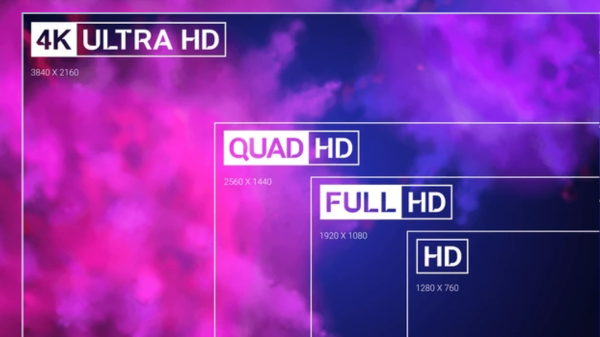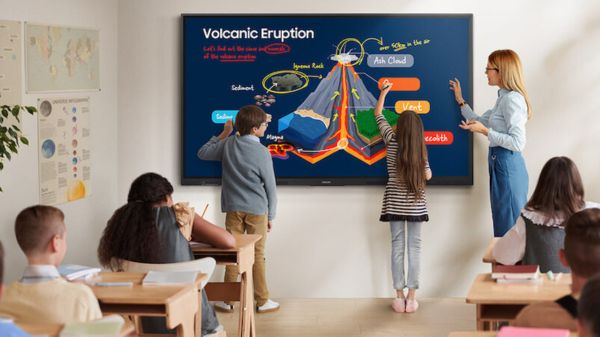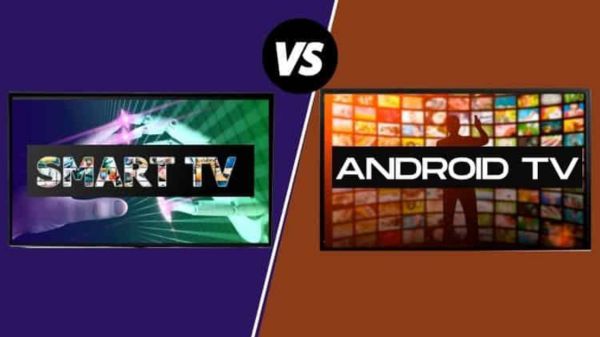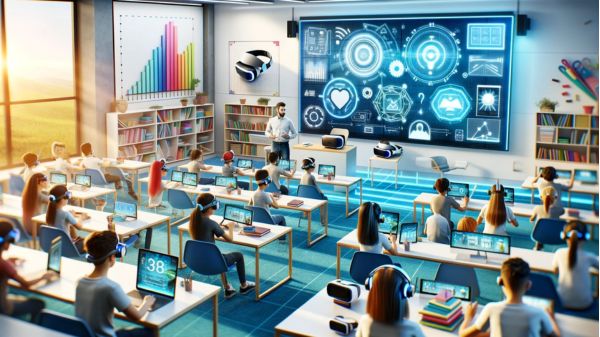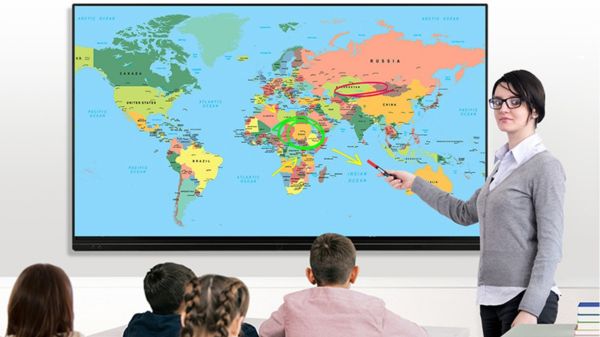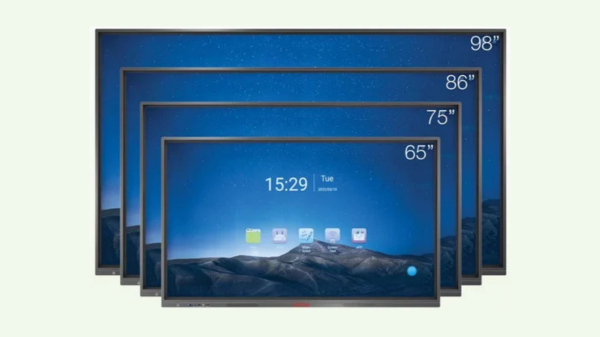When selecting an interactive flat panel, resolution is one of the most important factors to consider alongside size and operating system. But with terms like HD, Full HD, and 4K being thrown around, understanding what resolution really
means can help you make a smarter choice. Panel resolution refers to the number of pixels on a screen. The more pixels a panel has, the sharper and more detailed the image will appear.
For example, HD (1280x720) offers basic clarity, Full HD (1920x1080) provides a clearer
image, while 4K (3840x2160) delivers ultra-sharp visuals. The pixel density (pixels per inch) also matters a higher density results in better clarity, especially for text and graphics.
Interactive flat panels typically come in four main resolutions: HD (720p), Full HD (1080p), 4K Ultra HD (2160p), and 8K (4320p).
HD is good for basic tasks like presentations or digital signage, often used in classrooms or small meeting
rooms. Full HD offers better detail and suits more demanding environments like offices and lecture halls. 4K resolution is ideal for tasks requiring high detail such as graphic design, video editing, and advanced teaching. 8K is still
emerging, best for cutting-edge use cases like simulations, medical imaging, or immersive experiences.
The resolution you choose directly impacts the user experience. Higher resolutions enhance both visual clarity and touch accuracy. A 4K panel, for example, not only shows sharper images but also allows for more precise touch
interactions, which is important for working with detailed visuals or engaging in collaborative activities.
When deciding which resolution is best, consider your use case, audience, and budget.
For example, classrooms and training rooms can benefit from Full HD or 4K panels, while conference rooms may require 4K or even 8K for presentations
and video calls. If you're only using the panel for basic content, HD might be sufficient. Keep in mind that higher resolutions usually come at a higher cost, but prices are gradually becoming more accessible.
Looking ahead, panel technology is advancing quickly. Innovations like microLED, quantum dot panels, and AI-enhanced visuals are already improving color, contrast, and responsiveness. AI features, like real-time upscaling or smart
brightness adjustments, are making interactive flat panels smarter and more intuitive. Some panels already use AI tools including ChatGPT to enhance functionality and interaction.
At SoftLogic, we specialize in smart boards and interactive flat panel solutions for education and business. Our products are designed to deliver high-resolution performance, smooth touch functionality, and intelligent features that
improve collaboration and productivity. Whether you're equipping a classroom, boardroom, or digital workspace, we're here to help you find the perfect panel solution.
